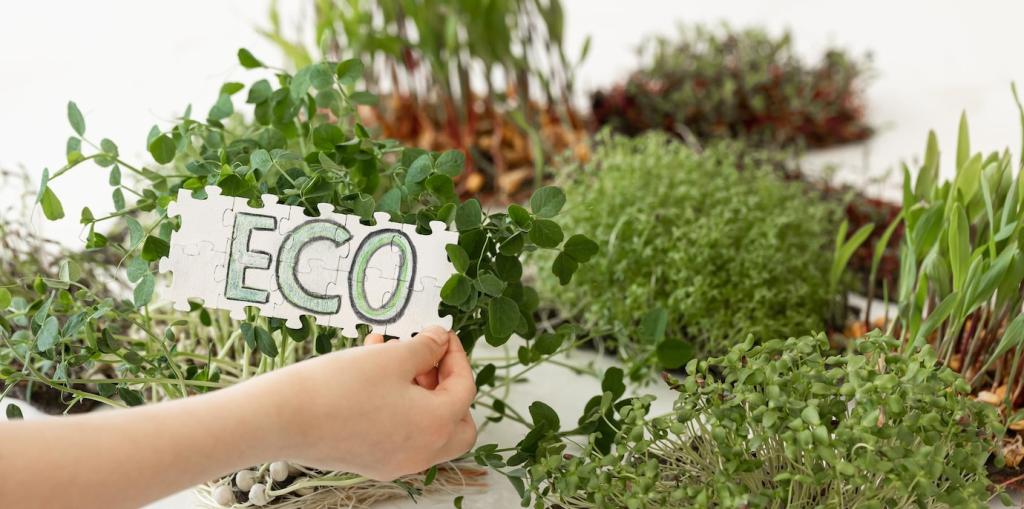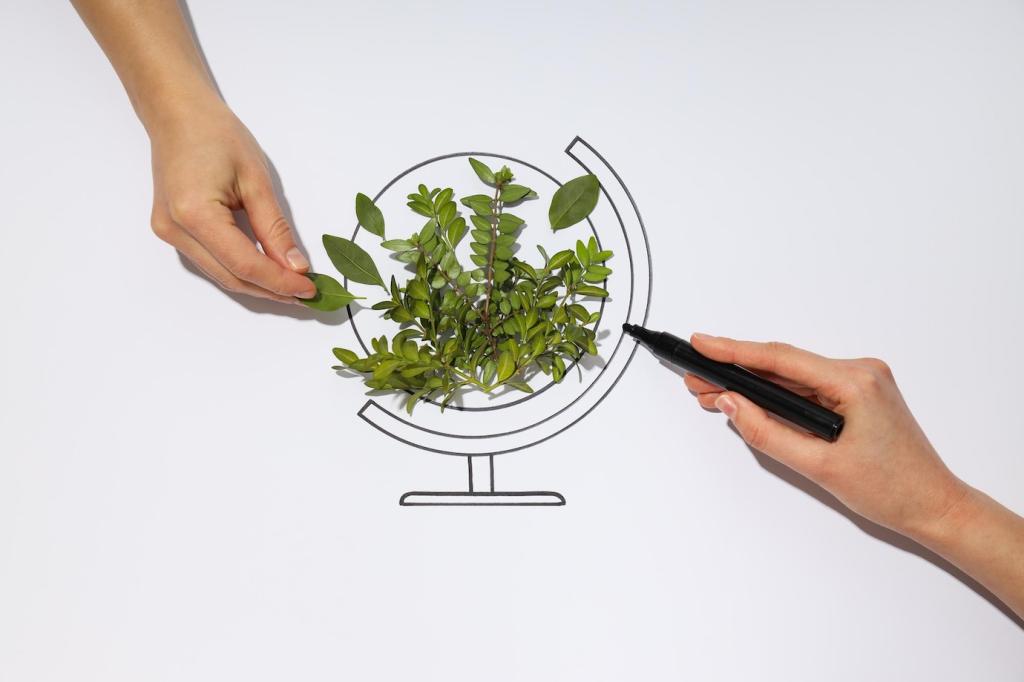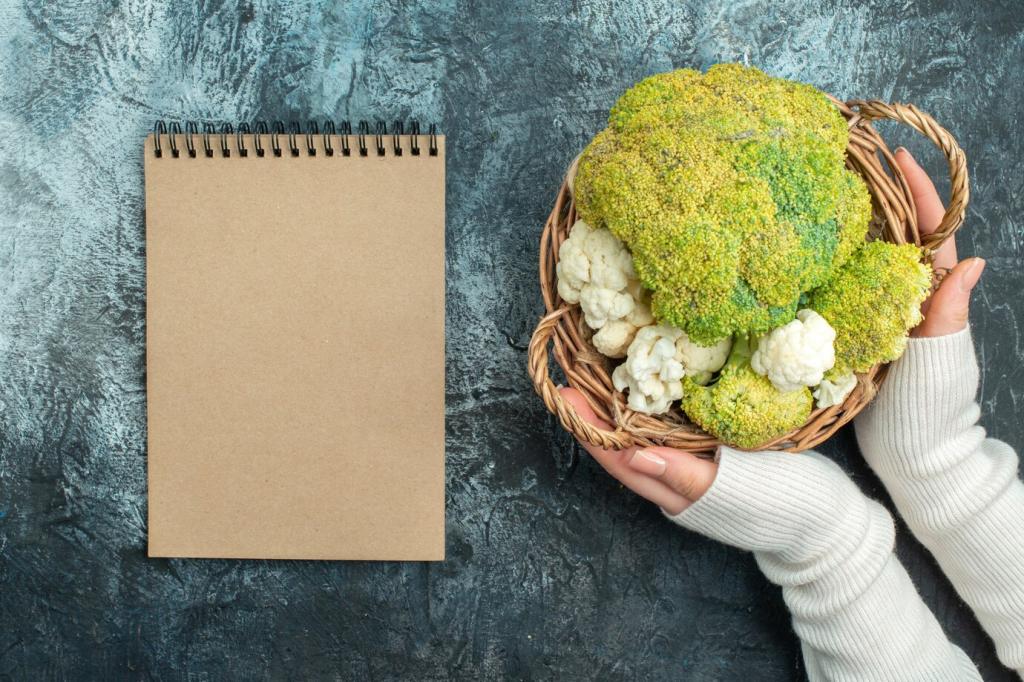Physical Barriers and Simple Traps
Lightweight covers shield seedlings from flea beetles and cabbage moths. Seal edges with soil or pins and remove during flowering to allow pollination. Post a photo of your setup for tailored airflow tips.
Physical Barriers and Simple Traps
Yellow sticky cards monitor whiteflies and thrips, while beer or yeast traps reduce slug numbers. Place them strategically to avoid catching allies. Comment with your placement strategies and any unintended catches.
Physical Barriers and Simple Traps
Morning walk-throughs reveal early infestations. Knock beetles into soapy water, pinch leaf miner tunnels, and remove egg clusters. Share your weekly scouting checklist, and we will compile community-approved routines.
Physical Barriers and Simple Traps
Lorem ipsum dolor sit amet, consectetur adipiscing elit. Ut elit tellus, luctus nec ullamcorper mattis, pulvinar dapibus leo.







